Since the advent of the internet in our educational system, our classrooms has changed a lot. Doesn’t know this change is positive or negative but it certainly has made the education more interesting than ever. With the ever advancing technologies and the interest of tech industries in the education sector, it is difficult to analyze how much our classrooms are going to bare the advent of technology. Because of this, the role of the teachers are now restricted and centralized who just introduce students to the technologies like we are going to discuss in the later part of this article.
Moreover, schools and colleges are also investing heavily in modernizing their campuses and classrooms according to the needs of today’s digital world. Those days are gone when schools don’t use to allow students to keep even cell phones. Nowadays, instead of writing down the lectures, students prefer to record it in video or audio format of taking the pictures of lecture slides.
Being a philanthropist and educationist, I have a very close eye on the injection of technology in our education system. That is why I decided to pen down them in my words to educate my readers about the latest technological trends of classrooms so those students and educationists who are still using traditional methods of teaching can increase their teaching standards too by using following trends.
Blended Learning:
Since the internet is providing all of the content that student learns in classrooms too, then why not using it at home. Blended learning has now become a very common phenomenon in which students learn their lessons by watching video lectures and reading content online. It is the best way to recall the lectures of their teachers which are hard to remember. This helps the students to recall all the things that their teacher had to teach them and to write it down in their own words.
With the blended learning, students are also working in the groups and taking help from the internet to solve the problems. Moreover, schools are also providing the facilities like Wi-Fi in the classrooms so teachers, as well as the students, can take help from the internet while discussing any topic. Wi-Fi and other devices like tablets and VR headgear are making the learning interactive and helping the students to keep their concentration up in the classrooms. The blended learning is not only helping the students, but it is also helping the teachers to make the learning as interesting as possible.
Remote Learning:
If a student is ill or is out of the city for any reason, he or she can still attend the class. Schools and colleges have become quite flexible in allowing the student to take the classes as they want. Their presence in the classroom is necessary by any means. The remote learning is the example of it. This model has now become a trend, and many schools and colleges are now accepting it for the betterment of the students. This model allows the students to attend the school virtually. The student can attend the class through video conferencing, class forums or pre-recorded videos, social media or e-mail. The purpose of this model is to keep the student in contact with the classroom even when he or she is out.
Some of the schools have gone even one level up of this model and now allowing the remote teaching. The same way schools are bringing students remotely; they are also bringing the teachers and the experts remotely. This is also helping the students to continue their teaching even when they are in between of any personal or helping the students to learn with any expert who lives in another county or city.
Using Digital Means:
To make the use of digital means conventional in their schools and colleges; authorities are providing the devices like tablets to every student so he or she can gain some benefits of digital means. You might think that this is a big investment and not every school can do that. But by looking in the broader perspective, it is saving your years of expenses on textbooks and other stationary items. This method is also environment-friendly, and now even the governments of the world are thinking about this more to save the trees and environment.
Another point that making vibes of this model in the world is the ability of frequently updating any software. The e-books, videos and audio-books are a lot easier to update as compared to the textbooks for which the publisher has to print all the books again, and students have to buy it again. Just one click and you can update all your e-books according to the latest research.
The schools that are using the digital means in their classrooms are giving the excess of different audio-books which is the most common way of accessing books digitally. It is also helping them to use the websites like YouTube to see the graphical representation of the topic which the teacher is teaching in the classroom.
Gamification:
This is the best and most effective way to make your everyday learning engaging and full of fun. That is why just like the antique abacus, classrooms especially primary level classrooms are now getting different games which can be incorporated into their learning. The idea behind this model is to use the aspects of the games like challenges, levels, rewards and other in learning to keep the fun and entertainment in the learning at highest. This model is almost applied to every primary education providing school, and students are getting benefits from it.
When the student get involved in the games like these, the mind releases the dopamine which is a chemical in the brain that triggers motivation and pleasure. The inclusion of these types of activities make learning an experience that not only enjoyed by the students, but the teachers also enjoy it while teaching their lessons through interesting games.
Mind Mapping:
Mind mapping is the best way to make unidirectional and passive style learning into interactive and multi-dimensional learning. Mind mapping is a phenomenon in which teachers use graphics and visuals to put circled ideas that are linked just like the human mind works. Because of this, students are understanding and recalling the lessons much easier.
Author Bio:
Dominic Lester is a Master in Education Sciences from Stanford University and right now working in the Coursework Bliss as a professional academic writer.
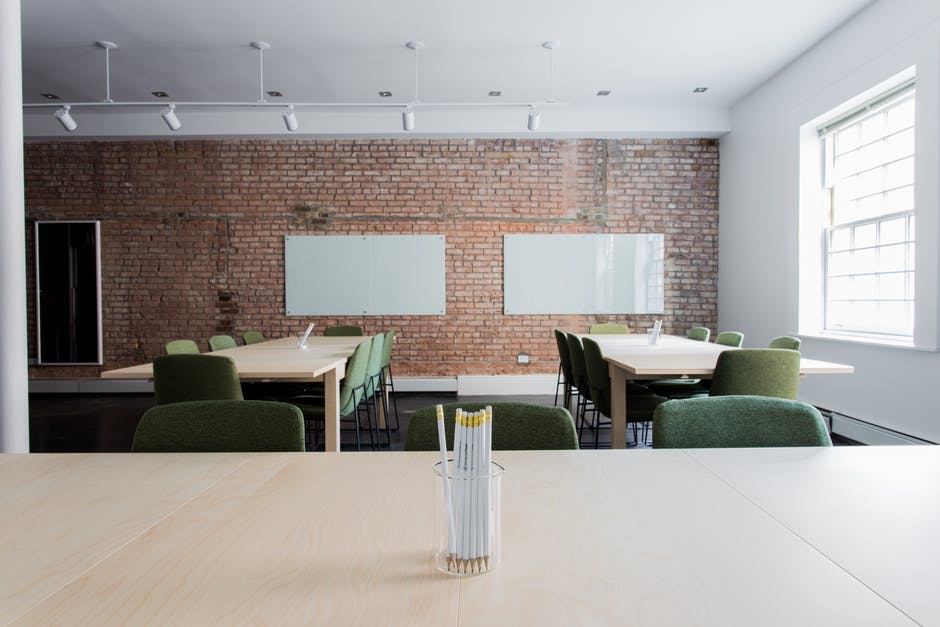






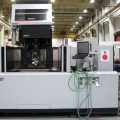




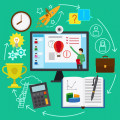
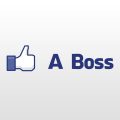

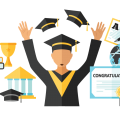




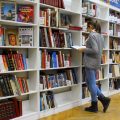
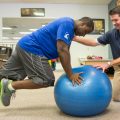




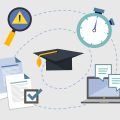





No Comments
Leave a comment Cancel